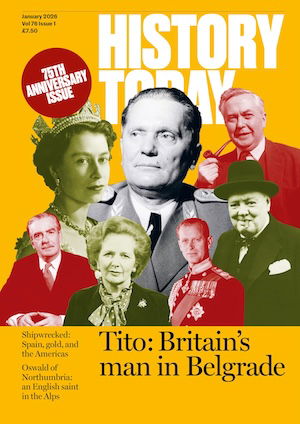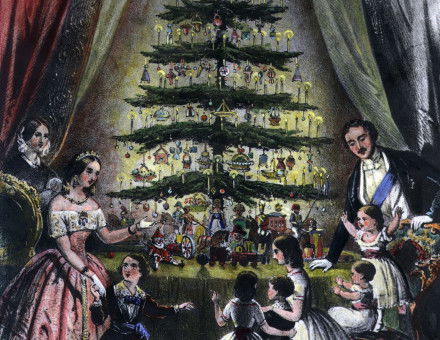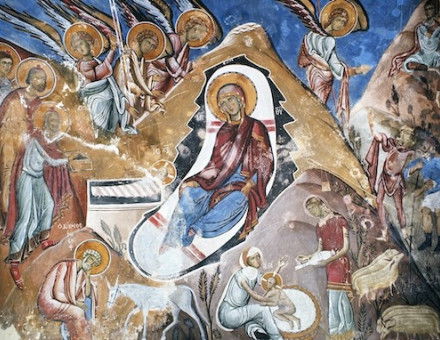Pilgrims in a Strange Land
Though we share a common humanity with people of the past, their world can seem alien to us, says Mathew Lyons. Was it just as disconcerting for them, too?
We are all familiar with the opening line of L.P. Hartley’s 1953 novel The Go-Between: ‘The past is a foreign country. They do things differently there.’ Like all elegantly expressed truths it quickly became a cliche. And, as such, like all cliches it obscures as much as it reveals. It is difficult not to look on the alienness of the past as indiscriminately and equally estranged from us; just as the ancient Greeks were indifferent to the infinite distinctions among those they labeled barbaros – ‘barbarians’, which in essence means ‘those who cannot speak Greek’ – so the past can begin to seem homogeneously foreign, lost in translation. Perhaps our search for continuities is in itself a tacit acknowledgement of the voids and spaces we try so hard to ignore as we peer at the vanishing horizon behind us.





